Welcome to Pelican Bay, where lush greens, scenic views, and a vibrant community come together to form one of the finest golfing experiences in the region. If you’re looking for an exhilarating golf adventure, Pelican Bay Golf Courses, located in Naples, Florida, should be at the top of your list. In this guide, we’ll dive deep into everything you need to know about the Pelican Bay Golf Courses, including their unique features, membership options, course details, and tips to enhance your golfing experience.
Why Choose Pelican Bay Golf Courses?
Pelican Bay Golf Courses provide a perfect blend of natural beauty and strategic design that challenges players of all skill levels. Whether you are a seasoned pro or just a beginner looking to refine your skills, Pelican Bay offers something for everyone. Here’s why it’s a golfer’s paradise:
- Stunning Scenery: Surrounded by picturesque landscapes, palms, and water features.
- Outstanding Facilities: Well-maintained greens, practice areas, and pro shops.
- Community Atmosphere: A welcoming membership culture promotes friendly competition and camaraderie.
Course Overview
The Pelican Bay Golf Courses feature two main courses: The Bay Course and the North Course. Let’s delve into each of these spectacular tracks.
1. The Bay Course
- Length: 6,818 yards
- Par: 72
- Designer: Arthur Hills
The Bay Course is known for its challenging layout and environmental significance. With sharp doglegs, elevated greens, and strategically placed bunkers, this course demands both skill and strategy. It winds through beautiful cypress and mangrove ecosystems, offering players breathtaking views and the occasional wildlife encounter.
“Every hole tells you a different story. The Bay Course is not just about getting the ball in the hole; it’s about the journey.” – Happy Golfer
2. The North Course
- Length: 6,822 yards
- Par: 72
- Designer: Arthur Hills
The North Course is a favorite among locals for its unique challenges and beautiful hazards. Expect tighter fairways and beautifully designed greens that require precision and skill. The course offers a mix of risk and reward, making it a true test of golfing prowess.
Membership Options
Pelican Bay Golf Courses offers several membership options, allowing golfers to choose what best fits their lifestyle.
- Full Membership: Ideal for avid golfers who want unlimited access to both courses.
- Associate Membership: A great choice for those looking to play fewer rounds while enjoying a variety of club amenities.
- Social Membership: For non-golfers who want to partake in club events and enjoy dining facilities.
Note: Membership often includes access to other club facilities, such as tennis courts and dining options.
Enhancing Your Golfing Experience
To get the most out of your trip to Pelican Bay Golf Courses, try implementing these tips:
| Golfing Tips | Description |
|---|---|
| Practice your Short Game | Spend extra time at the chipping and putting areas. They can make or break your score! |
| Use a Game Plan | Assess each hole before teeing off. Knowing where to place your shots can save strokes. |
| Stay Hydrated | Florida’s sun can be intense. Bring water and stay hydrated throughout your game. |
| Take a Lesson | Consider booking a session with a golf pro to refine your skills. |
| Enjoy the 19th Hole | After your game, relax with friends at the clubhouse and share stories from the day. |
Course Amenities
Pelican Bay Golf Courses offers several amenities that enhance your overall experience:
- Pro Shop: Fully stocked with the latest golf gear, apparel, and accessories.
- Dining: Enjoy delicious meals at the on-site restaurant, which caters to a variety of taste preferences.
- Practice Facilities: Perfect your skills at the driving range and putting greens.
The Best Time to Play
While Pelican Bay is beautiful year-round, the optimal seasons for golf in Southwest Florida are generally from November to April. The weather is perfect, and the courses are in pristine condition. However, summer months can also be enjoyable if you prefer a quieter golfing experience.
Key Takeaways
- Pelican Bay Golf Courses offer two incredible layouts that challenge golfers of all skill levels.
- Membership options cater to varying preferences and commitments.
- Enhance your game by practicing your short game, making plans for each hole, and enjoying the amenities available.
- The best time to visit is during the cooler months from November to April.
FAQ Section
1. What is the cost of membership at Pelican Bay Golf Courses?
Membership costs vary based on the type you select (Full, Associate, Social). Contact the club for the most accurate pricing.
2. Are golf lessons available?
Yes, Pelican Bay offers golf lessons for all skill levels, perfect for honing your game.
3. Can I play at Pelican Bay without being a member?
Non-members may play as guests if accompanied by a member, but check the club’s policies for specific details.
4. What types of events are hosted at Pelican Bay?
Pelican Bay hosts various events, including tournaments, charity events, and social gatherings.
5. Does Pelican Bay have practice facilities?
Yes, there are extensive practice facilities, including a driving range and short game area.
6. Is there a golf pro shop on-site?
Absolutely! The pro shop features a wide selection of top golf brands and the latest equipment.
7. Are there dining options at the club?
Yes, Pelican Bay features a restaurant that caters to golfers and non-golfers alike, perfect for lunch after a round.
8. When is the best time to play at Pelican Bay?
The ideal times to play are from November to April when the weather is pleasant and the courses are in great condition.
9. What should I wear while golfing at Pelican Bay?
Proper golf attire is encouraged—collared shirts and appropriate shorts or slacks. Check the dress code for details.
10. Can I host a private event at Pelican Bay?
Yes, Pelican Bay offers opportunities for hosting private events, including tournaments and corporate outings.
In conclusion, Pelican Bay Golf Courses stand out as an emblem of golfing excellence in Naples, Florida. Whether you are looking to improve your skills, enjoy a friendly game, or soak up the stunning Floridian landscape, Pelican Bay is ready to welcome you. So grab your clubs, call your friends, and experience the magic of Pelican Bay Golf Courses for yourself!

 Golfer Reading Green Breaks
Golfer Reading Green Breaks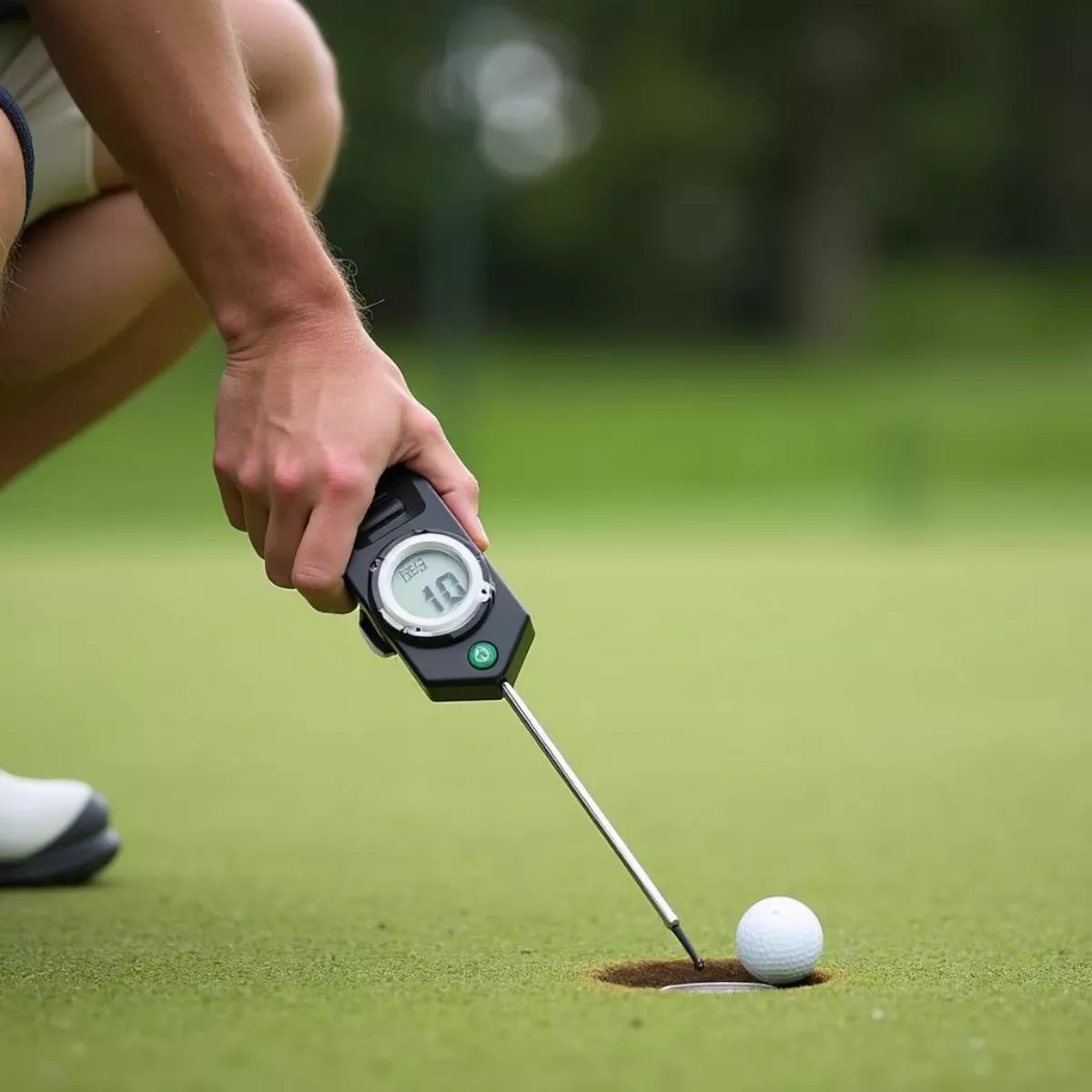 Golfer Using Putting Measurer
Golfer Using Putting Measurer
 Variety of golf socks
Variety of golf socks Golfer putting with focus
Golfer putting with focus Golfer celebrating a successful shot
Golfer celebrating a successful shot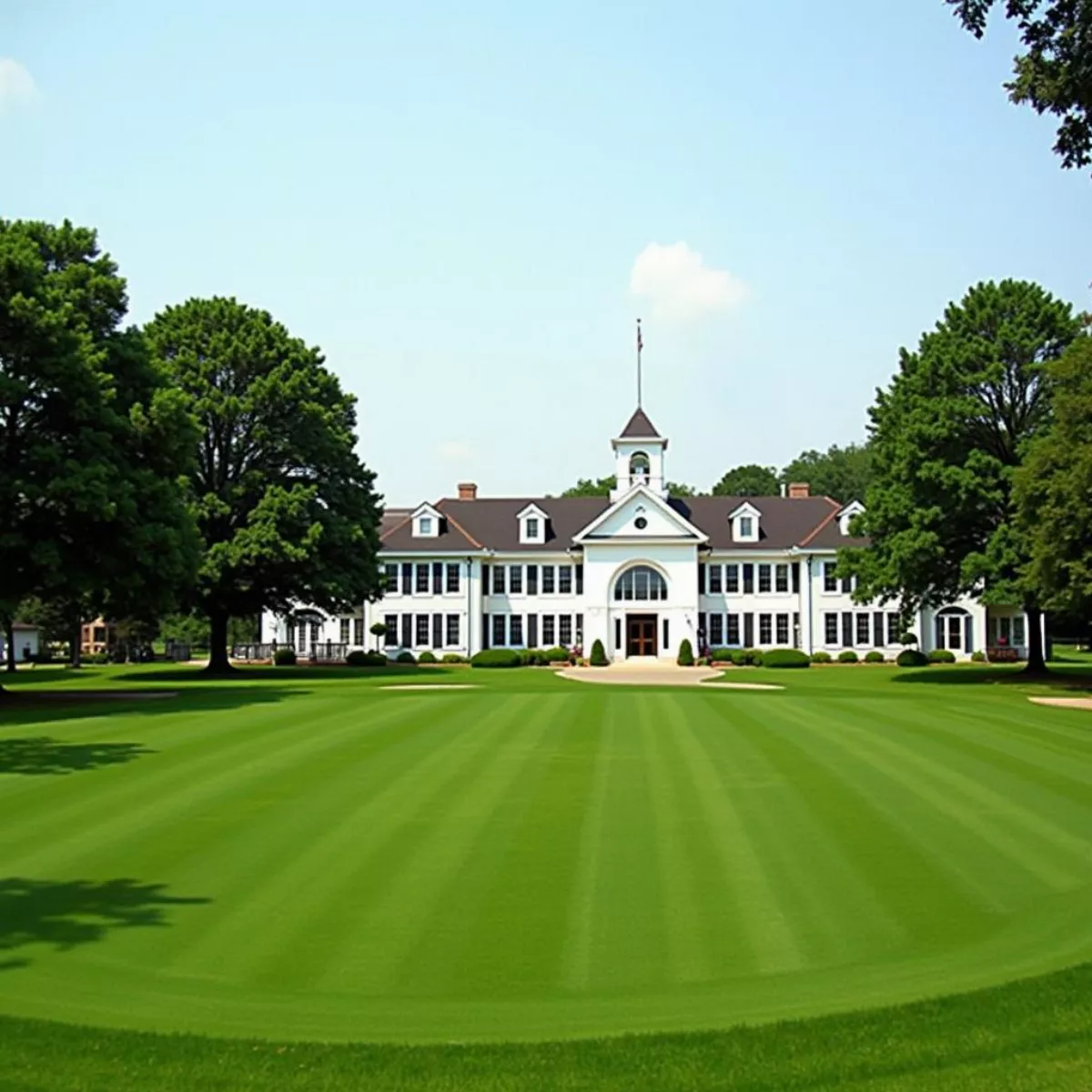
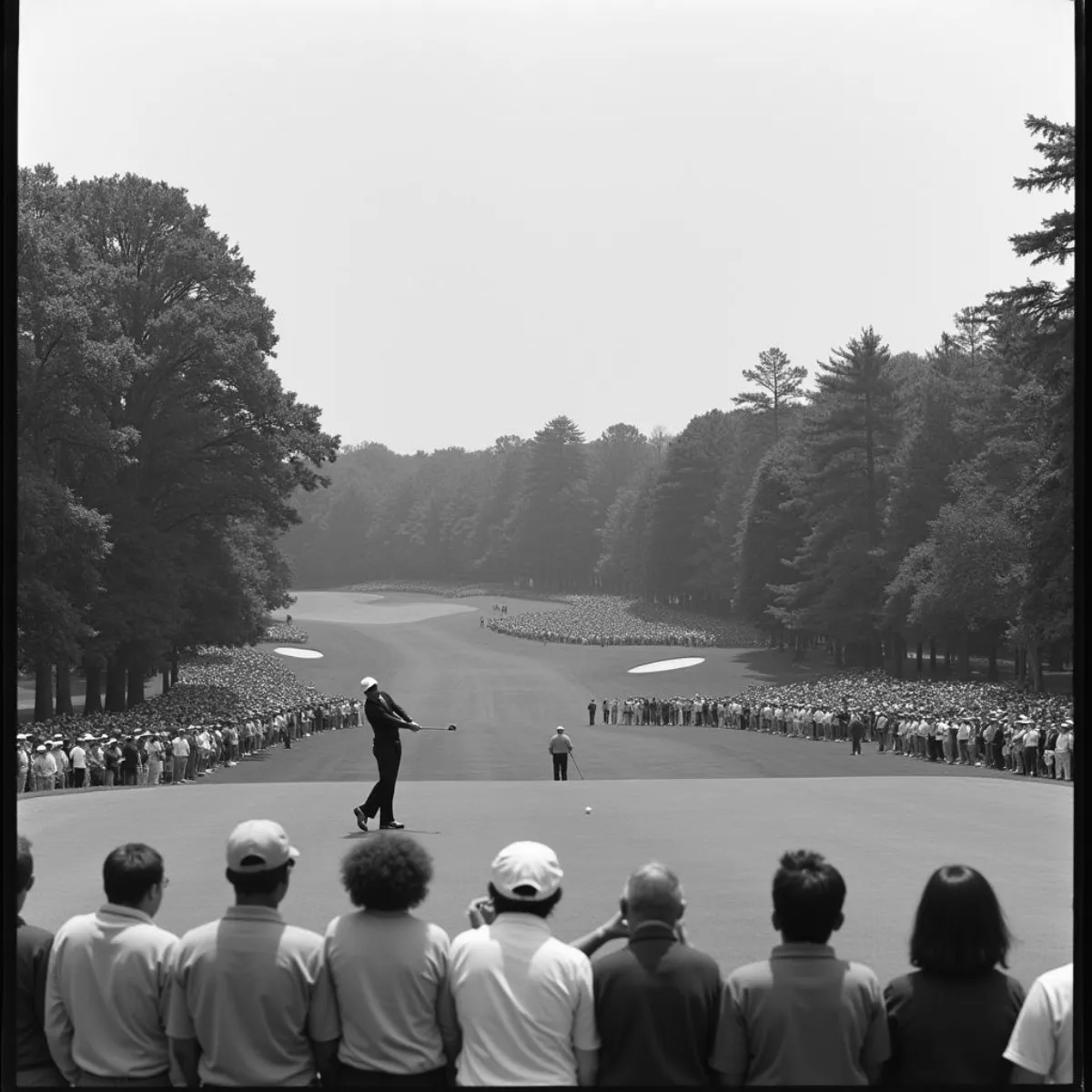 1979 PGA Championship at Crooked Stick Golf Course
1979 PGA Championship at Crooked Stick Golf Course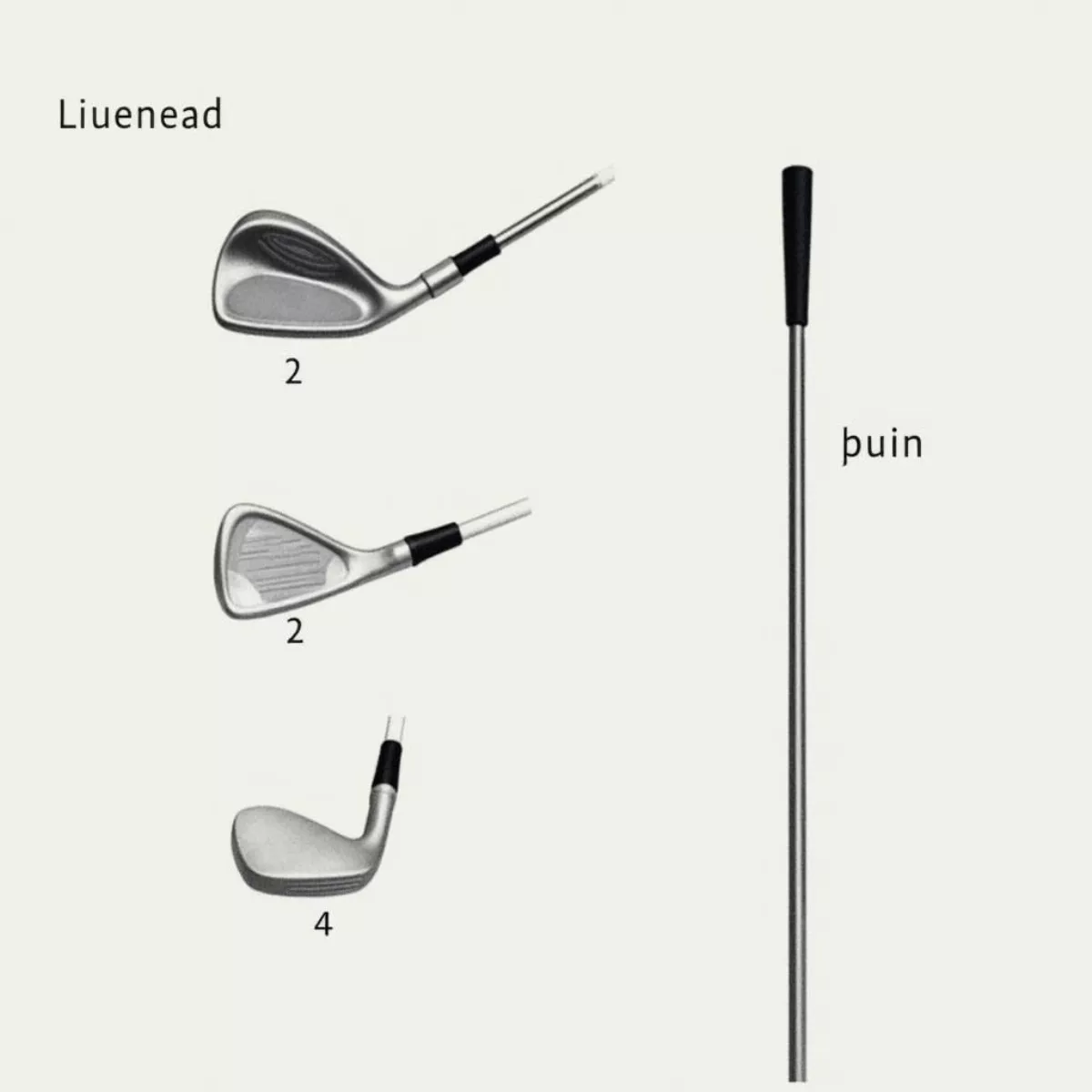
 Golf Club Fitting Session
Golf Club Fitting Session Variety of Golf Clubs
Variety of Golf Clubs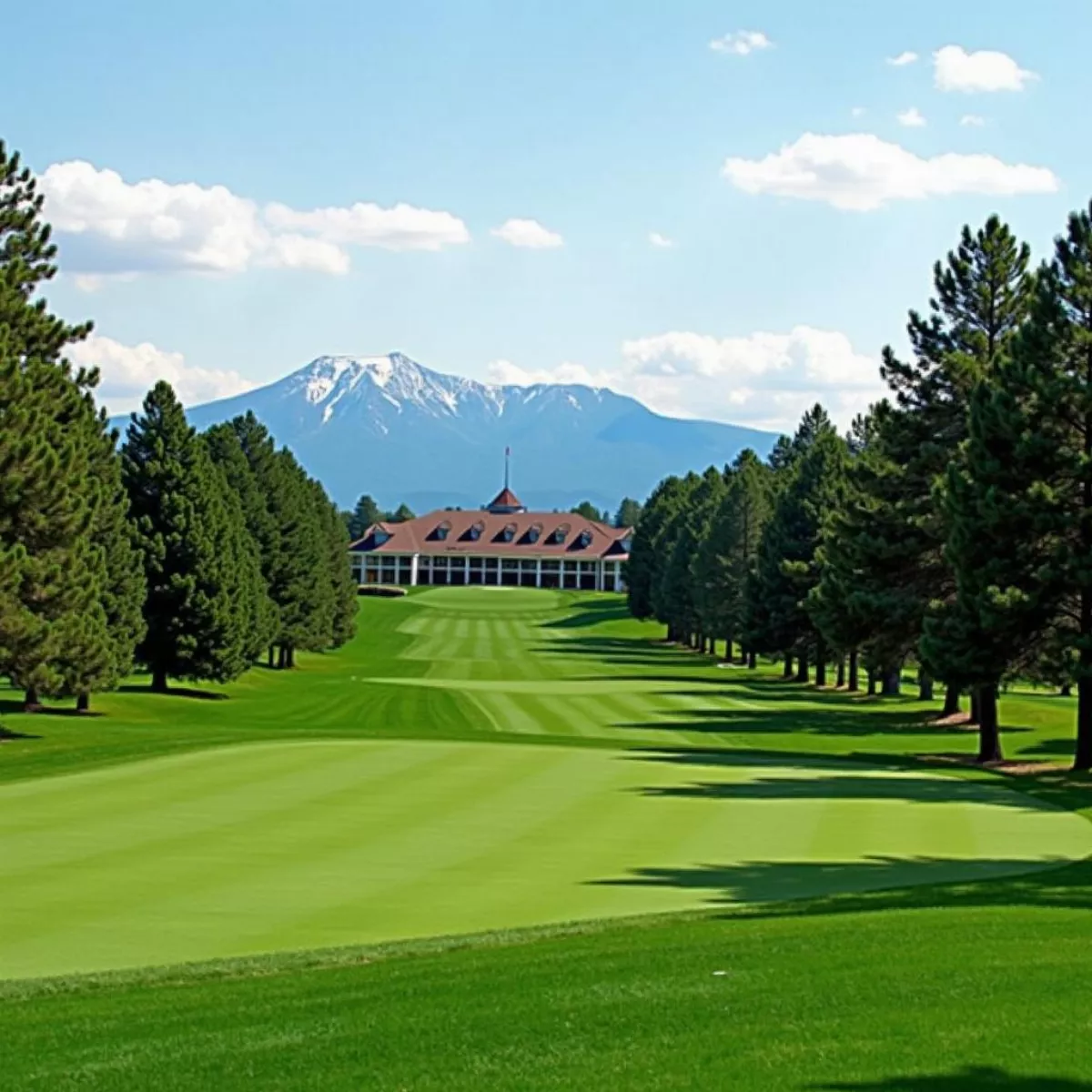
 Lakewood Country Club Golf Course Aerial View
Lakewood Country Club Golf Course Aerial View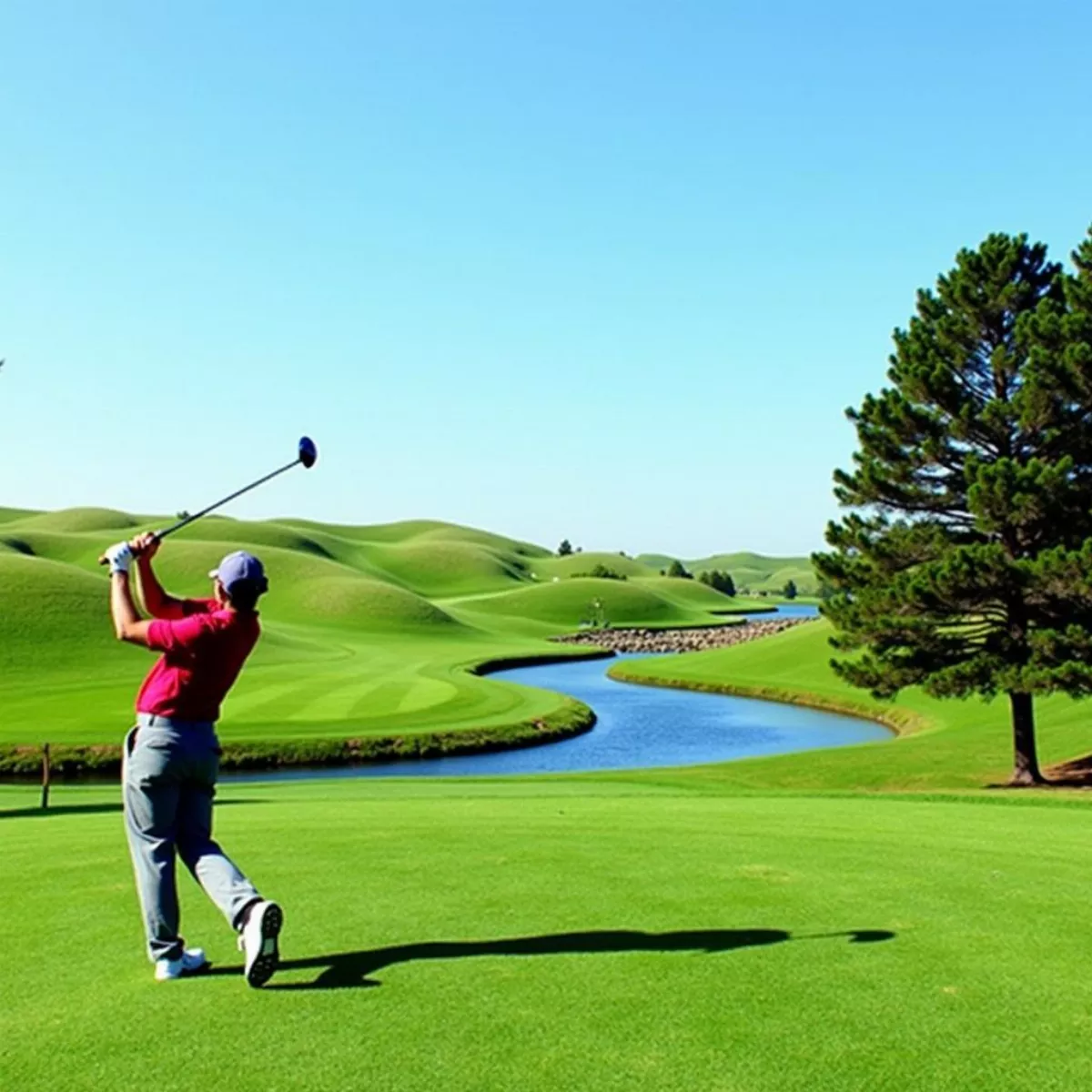 Coal Creek Golf Course Signature Hole
Coal Creek Golf Course Signature Hole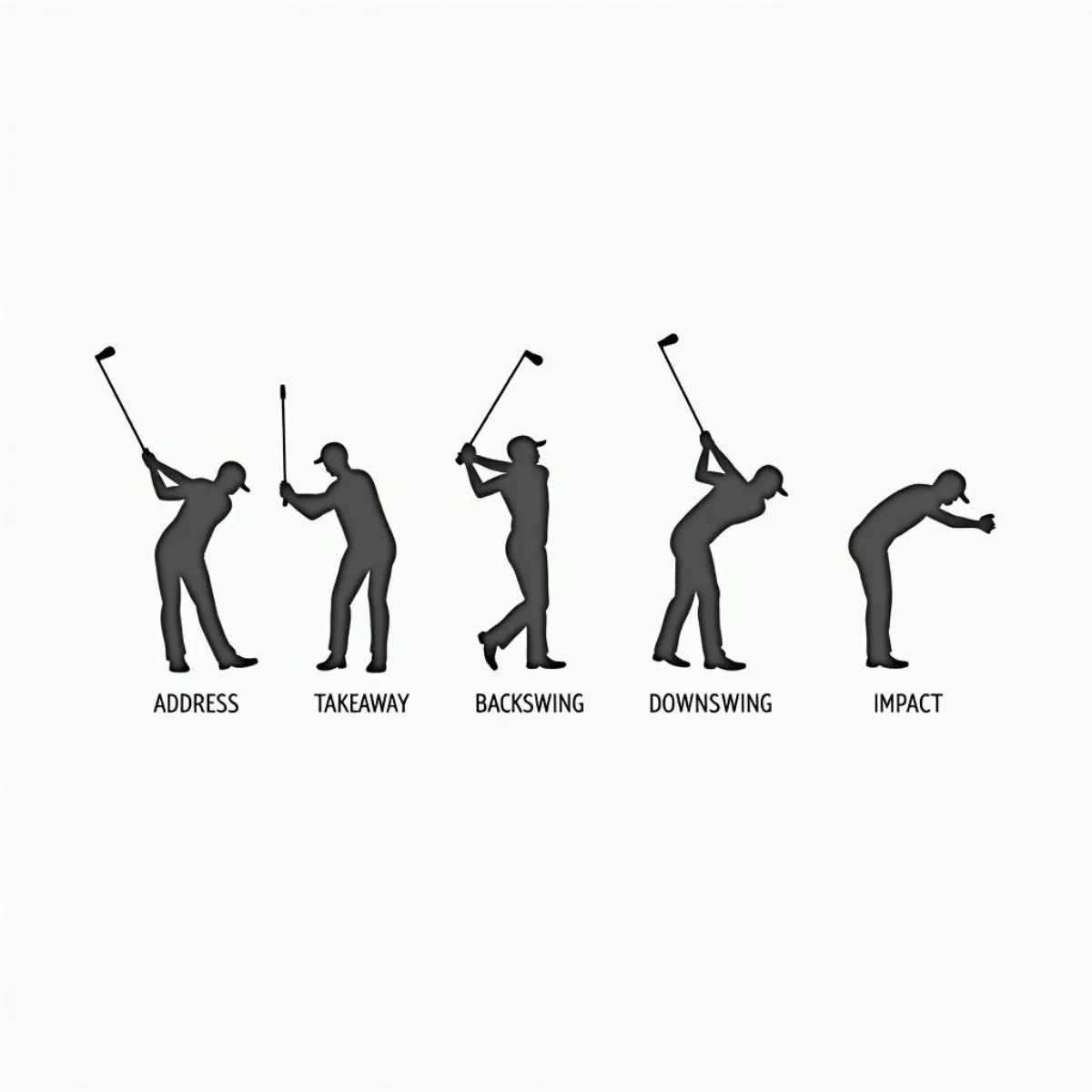
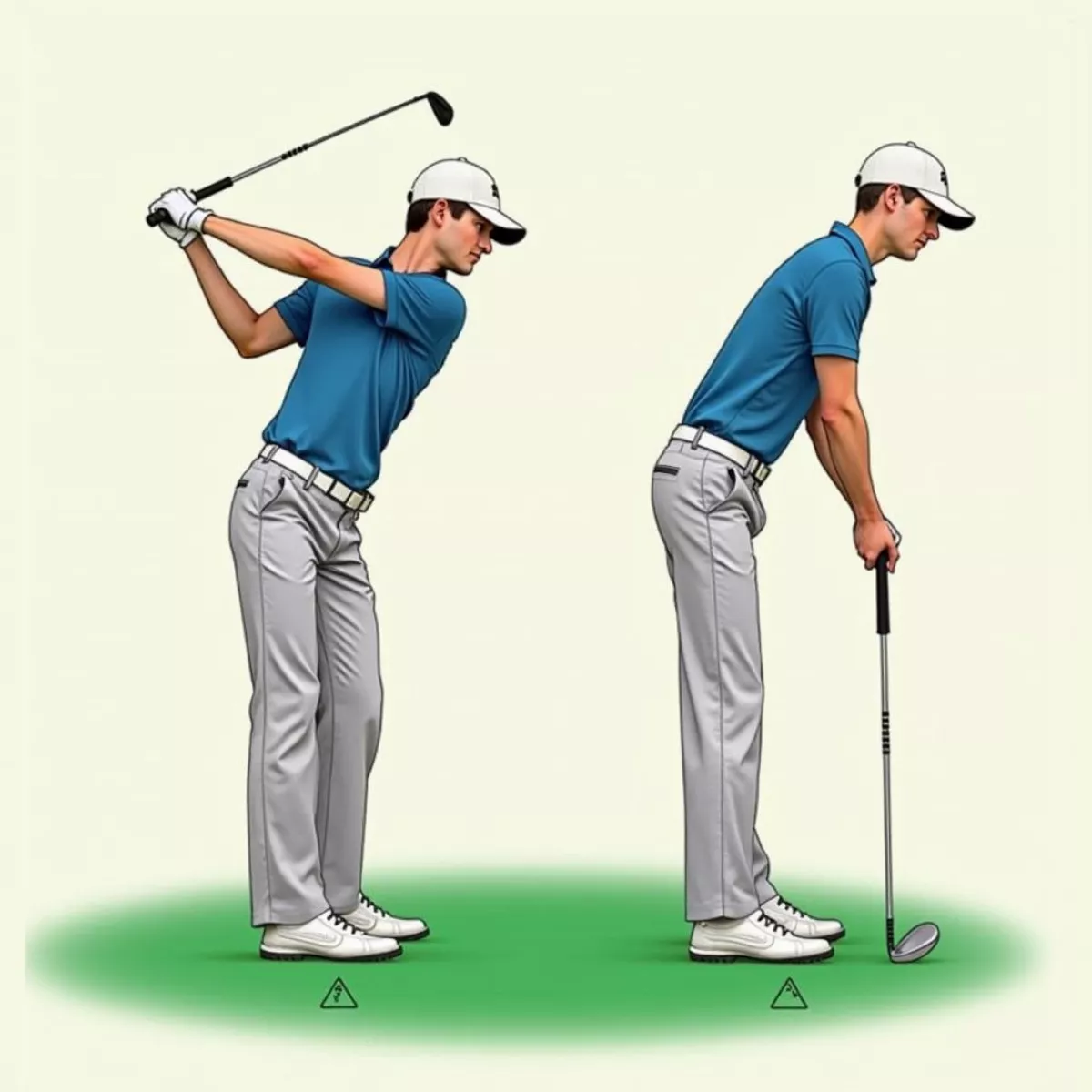 Correct Golf Stance and Posture
Correct Golf Stance and Posture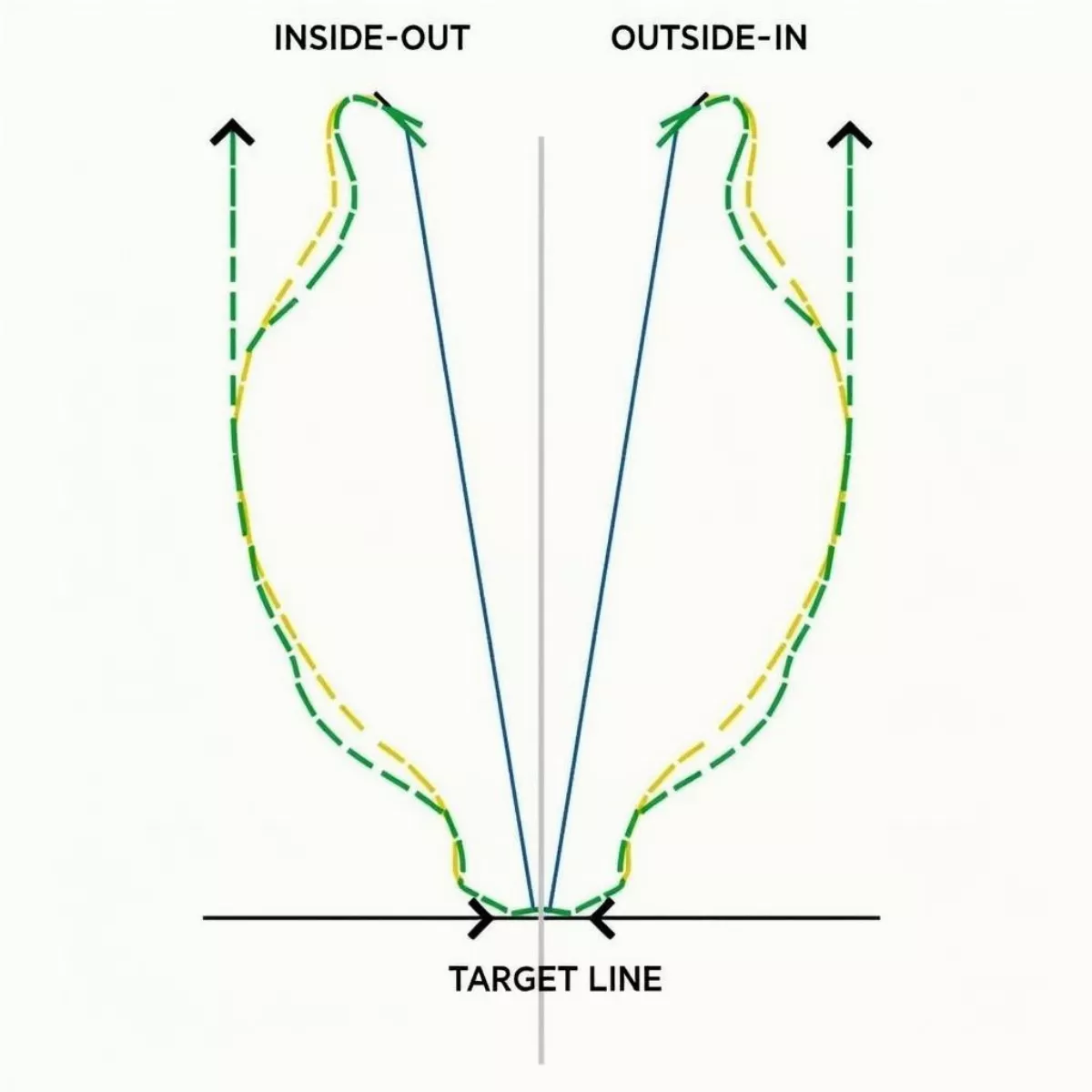 Golf Swing Path Illustration
Golf Swing Path Illustration Golfer Practicing One-Handed Drill
Golfer Practicing One-Handed Drill 
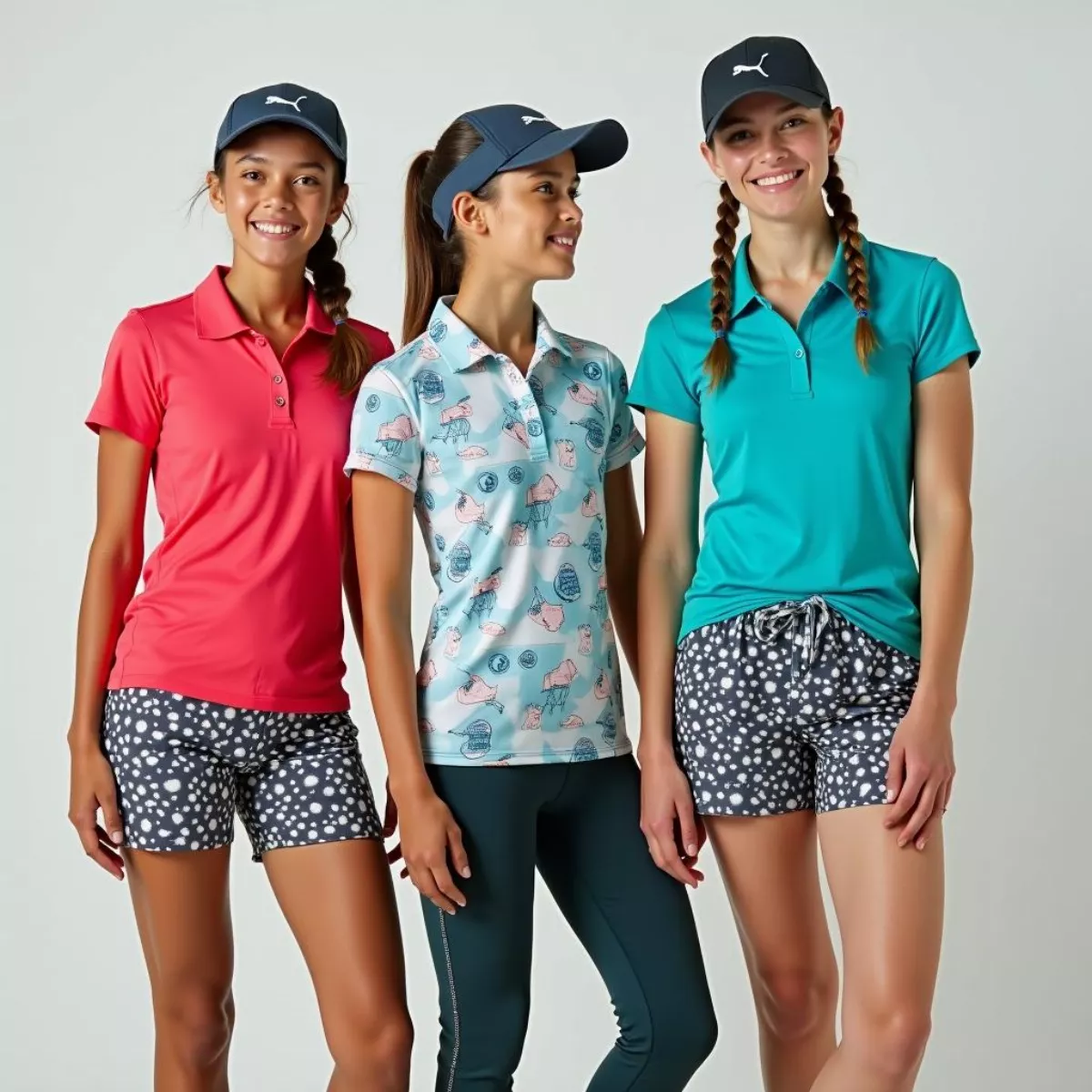 Puma Women's Golf Collection
Puma Women's Golf Collection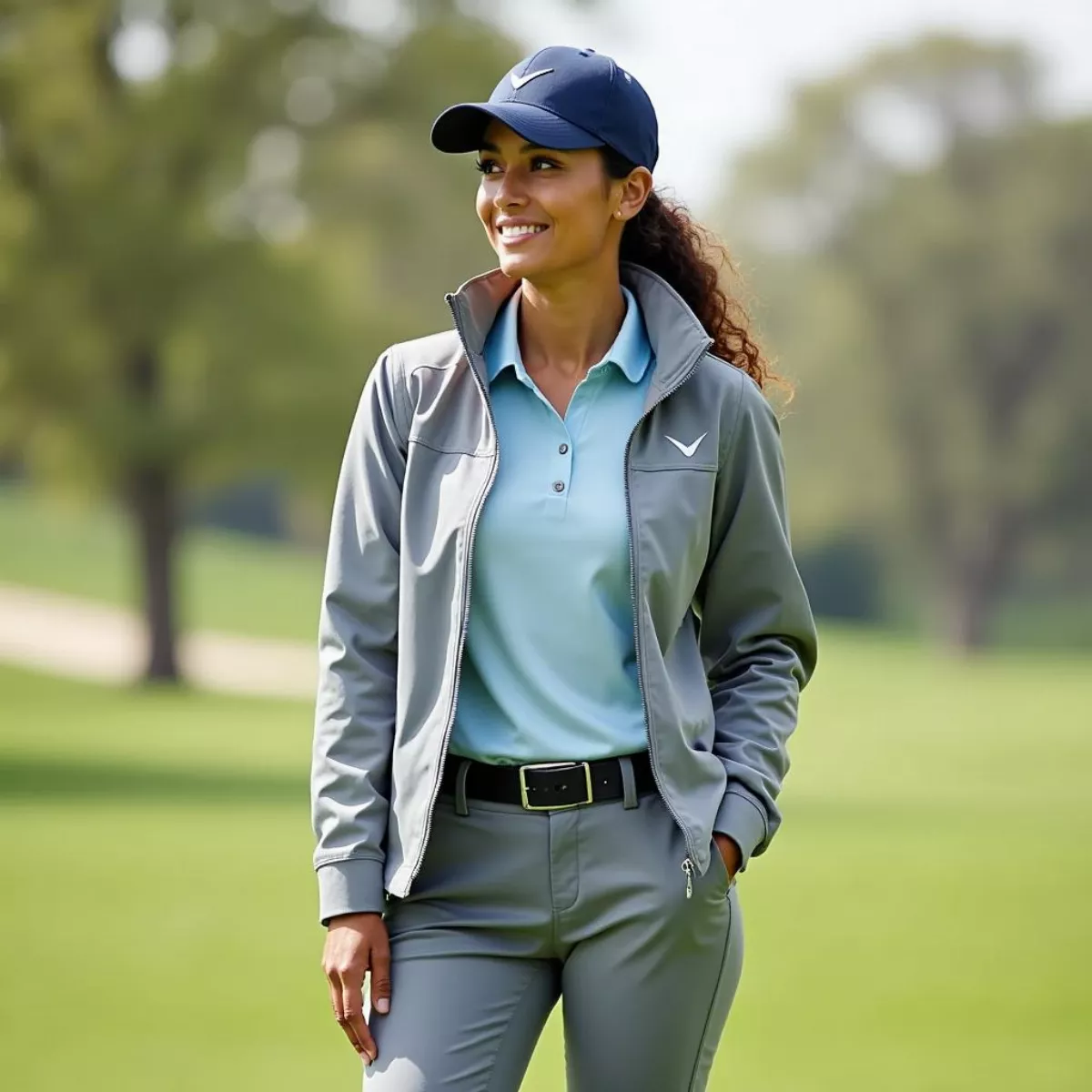 Callaway Women's Golf Outfit
Callaway Women's Golf Outfit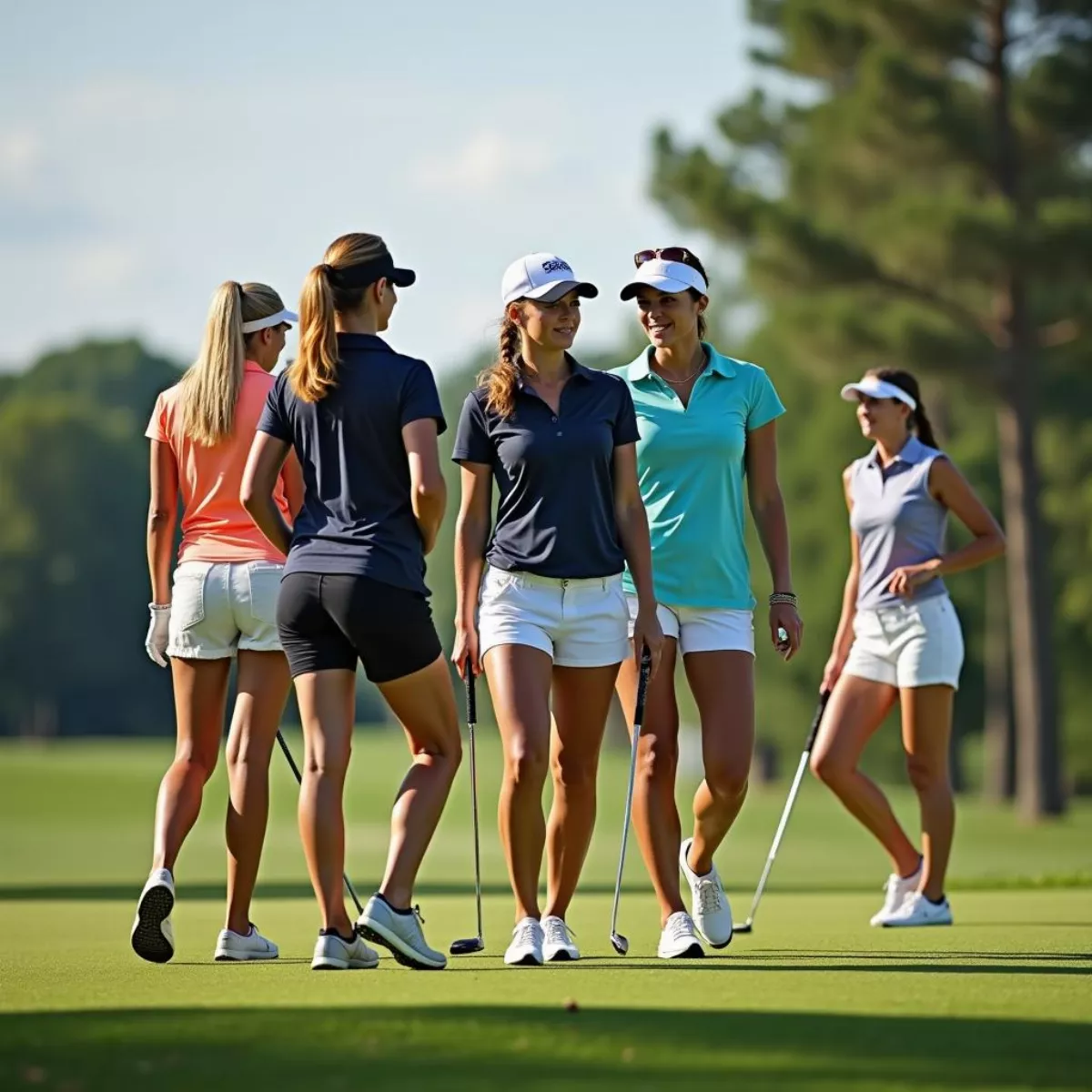 Women Golfers on the Course
Women Golfers on the Course
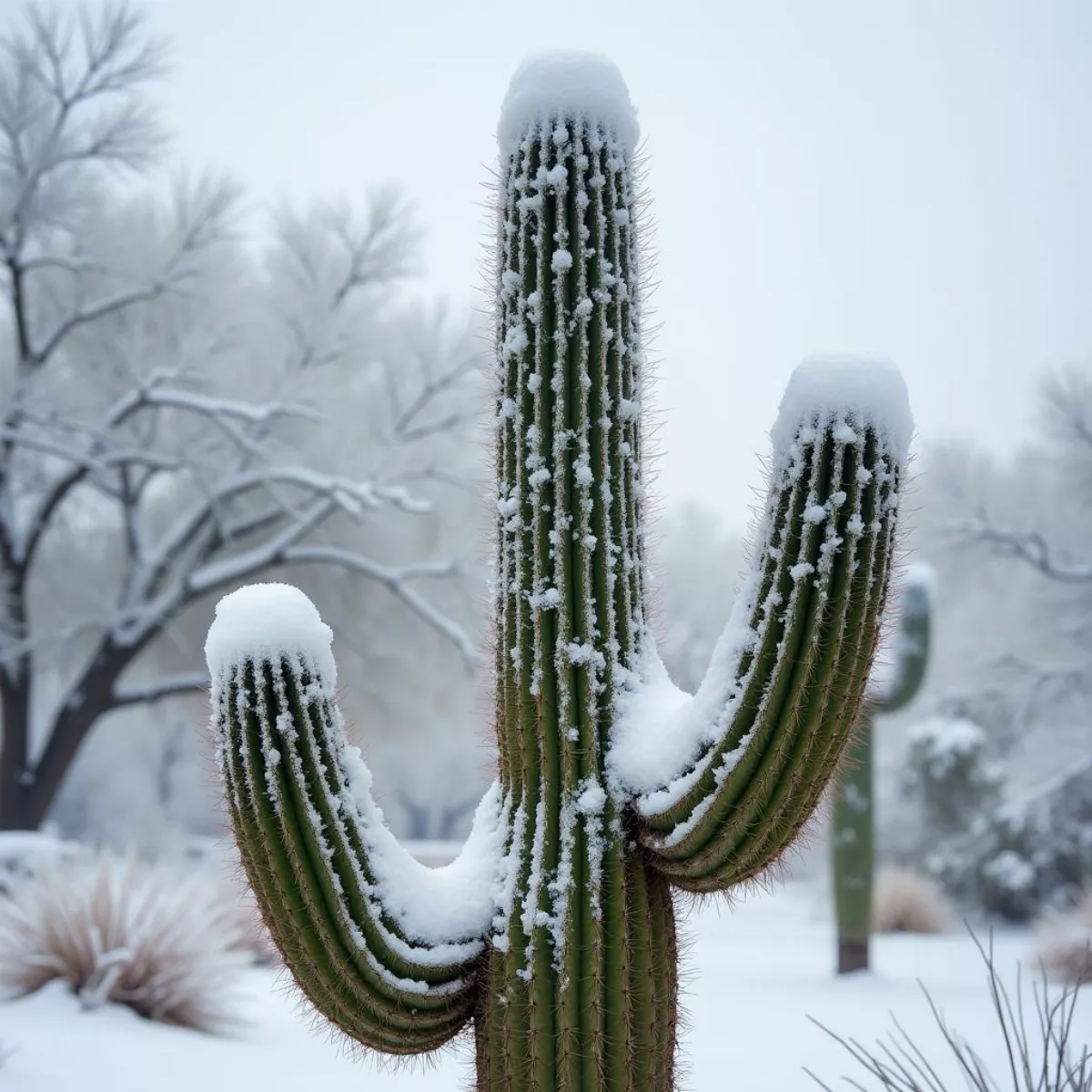 Snow-covered saguaro cactus in Phoenix
Snow-covered saguaro cactus in Phoenix People enjoying a rare snowfall in Phoenix
People enjoying a rare snowfall in Phoenix